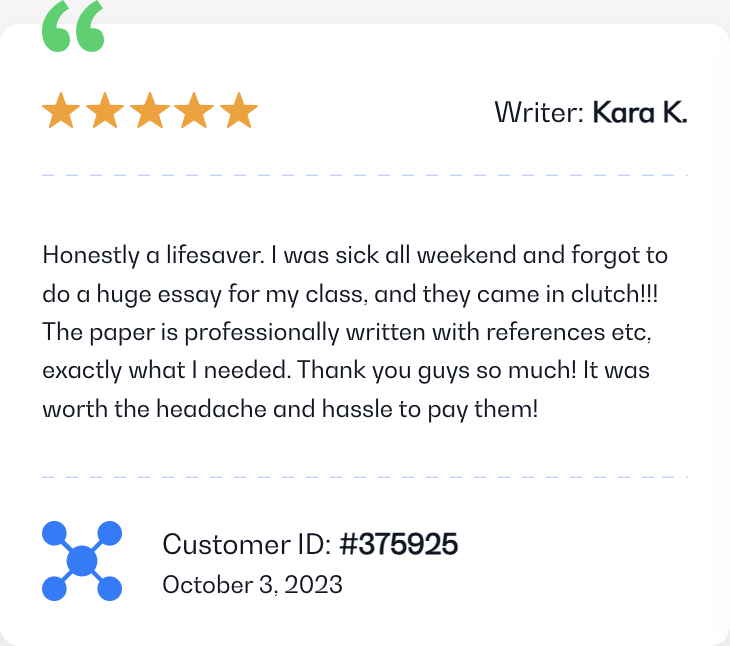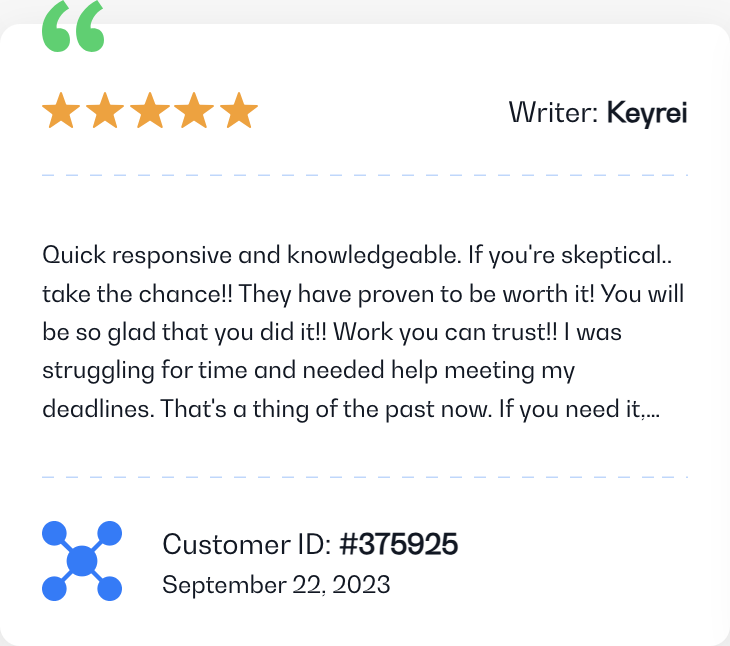Understanding the Basics
At the foundation of any statistics course lie the basic principles. Before diving into more complex concepts, one must have a clear understanding of the basics such as mean, median, mode, and standard deviation. These foundational elements will frequently reappear throughout more advanced topics, making them indispensable. Just as in other mathematical disciplines, if the fundamental concepts are not clear, the more advanced topics will become increasingly challenging.
The Role of Engaging Activities
Statistics, unlike some other subjects, lends itself well to hands-on, engaging activities. Using real-world data to analyze patterns, or simulating data collection through experiments, can make the subject much more approachable. It’s not just about numbers on a page – it’s about understanding what those numbers represent in the real world.
By transforming abstract concepts into tangible exercises, students can see the application of statistical methods in everyday life. For instance, collecting data from your daily routine, such as the number of steps you take or the amount of time you spend on a particular activity, can be a fun way to understand data collection and analysis.
Interactive Tools for Enhanced Learning
Modern technology has paved the way for a multitude of interactive tools specifically designed for statistics learners. These tools can range from specialized software to online platforms that provide visualizations and simulations. Utilizing these resources allows students to play around with data, visualize different scenarios, and develop a deeper understanding of statistical concepts.
- Excel: While primarily a spreadsheet tool, Excel offers a range of statistical functions.
- StatCrunch: An online tool that offers data analysis and visualization.
- SPSS: Advanced software for serious statistical analysis.
- Rstudio: An environment for the R programming language, which is widely used in statistics.
How do I study for a statistics course?
Playful Methods: Making Learning Memorable
While the study of statistics can seem daunting, there are plenty of playful methods to keep the learning process enjoyable. Board games, puzzles, and even card games can be tailored to reinforce statistical concepts. Turning studies into a game not only makes it fun but also aids in retention.
Study Tips for Success
- Create a study group with peers for collective brainstorming.
- Translate theoretical problems into real-life scenarios.
- Challenge yourself with puzzles related to statistics.
- Regularly practice with different datasets to build versatility.
The Power of Visualization
One of the more captivating aspects of statistics is the visualization of data. Instead of sifting through raw numbers, visualization tools allow students to see the data in action. Pie charts, bar graphs, scatter plots, and histograms are just the tip of the iceberg. With the rise of software like Tableau and PowerBI, you can now create more dynamic and interactive visualizations. This not only helps in understanding the data but also makes it more engaging to analyze.
Practice with Real-World Scenarios
Nothing beats practical experience when it comes to understanding a subject. Instead of just working through textbook problems, try analyzing some real-world data. Websites like Kaggle offer datasets on a wide variety of topics, from sports scores to global economic indicators. By working on such datasets, you’re not just practicing statistics – you’re also gaining insights into the world around you.
Seeking External Resources
While your course material is invaluable, don’t hesitate to seek external resources. There are countless online courses, forums, and communities dedicated to statistics. Engaging in these communities can provide different perspectives, clarify doubts, and introduce you to more advanced topics. It’s always beneficial to get a holistic view of the subject, and sometimes a fresh perspective can make a challenging topic seem much clearer.
Incorporating these strategies, along with the aforementioned tools and methods, will undoubtedly set you on a path to success in your statistics course. The blend of theoretical understanding and practical application ensures a well-rounded grasp of the subject.
Conclusion
Studying for a statistics course does not have to be a monotonous process of memorizing formulas and concepts. By incorporating engaging activities, making use of interactive tools, and adopting playful methods, learning statistics can be both enjoyable and memorable. As with any subject, the key is to find what resonates with you and leverage that to deepen your understanding.













